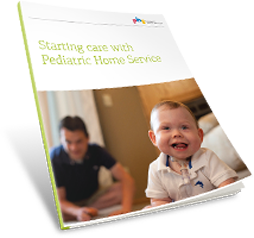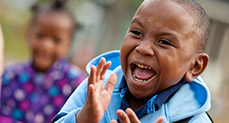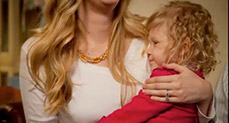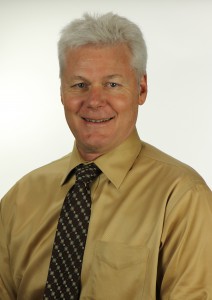Infants and Positioning Devices
Roy C. Maynard, M.D., is the Medical Director for PHS. He serves as PHS’s clinical leader, working with the team to provide consultation and advice to ensure quality and effective care to children and their families in their own homes. He also leads implementation of clinical policies, procedures and programs to further enhance the best possible care for each child. He is a Neonatologist and Pediatric Pulmonologist, and serves as a staff physician at Children’s Hospitals and Clinics in Minneapolis, Minn.
Pediatric Home Service specializes in providing clinical services for medically-complex children. These include respiratory therapy, home IV infusion, specialty pharmacy, private duty nursing, nutrition and social work. Complementing our clinical services is another facet of PHS, durable medical equipment (DME). Pediatric DME, in contrast to adult DME, often includes items such as home mechanical ventilators, pulse oximeters and associated probes, specialty formulas, gastrostomy and tracheostomy tubes.
One of the DME products PHS provides is a positioning device known as a bed wedge, which has historically been prescribed in conjunction with a Danny sling to treat infants with severe gastroesophageal reflux. In the past these infants would be placed in a prone and upright position to help minimize the frequency and severity of their reflux episodes. Although this was beneficial for some infants, medical evidence now recommends supine positioning and the “Back to Sleep” campaign has successfully decreased the incidence of sudden infant death syndrome (SIDS).
AAP Looks Into Wedges
A position paper by the American Academy of Pediatrics (AAP)1 on SIDS and other causes of sleep-related deaths has addressed the potential hazards of bed-sharing and bedding. The use of bed wedges with infants was also addressed in this report and the recommendation unequivocal. There is paucity of evidence that bed wedges improve gastroesophageal reflux or decrease risk for SIDS. In fact a recent position paper2 on treating gastroesophageal reflux in infants disregards the use of positioning devices and recommends infants be placed supine for sleep in concordance with the AAP guidelines. Deaths have also been reported with the use of bed wedges or positioning devices. These deaths have been associated with entrapment and suffocation due to the infants rolling off the device or slipping into a prone position. In addition to the AAP, the Consumer Product Safety Commission and the US Food and Drug Administration have also issued warnings on the use of these devices.
PHS Updates its Policy
This past year PHS altered its policy on providing bed wedges for infants. There may be a small subset of infants where the benefit of a bed wedge outweighs the risk. To ensure the health and welfare of the child, PHS will continue to provide bed wedges, but only after documentation shows that the prescribing physician or health care provider is aware of the above mentioned warnings. In addition, parents are provided a document on delivery of the bed wedge detailing the concerns identified by the AAP on the use of these devices. PHS strives to provide the highest level of caution when taking care of the child but does not provide training, education, or set-up of bed wedges or danny slings. That responsibility belongs to the prescribing health care provider.
Originally published: October 25, 2013


